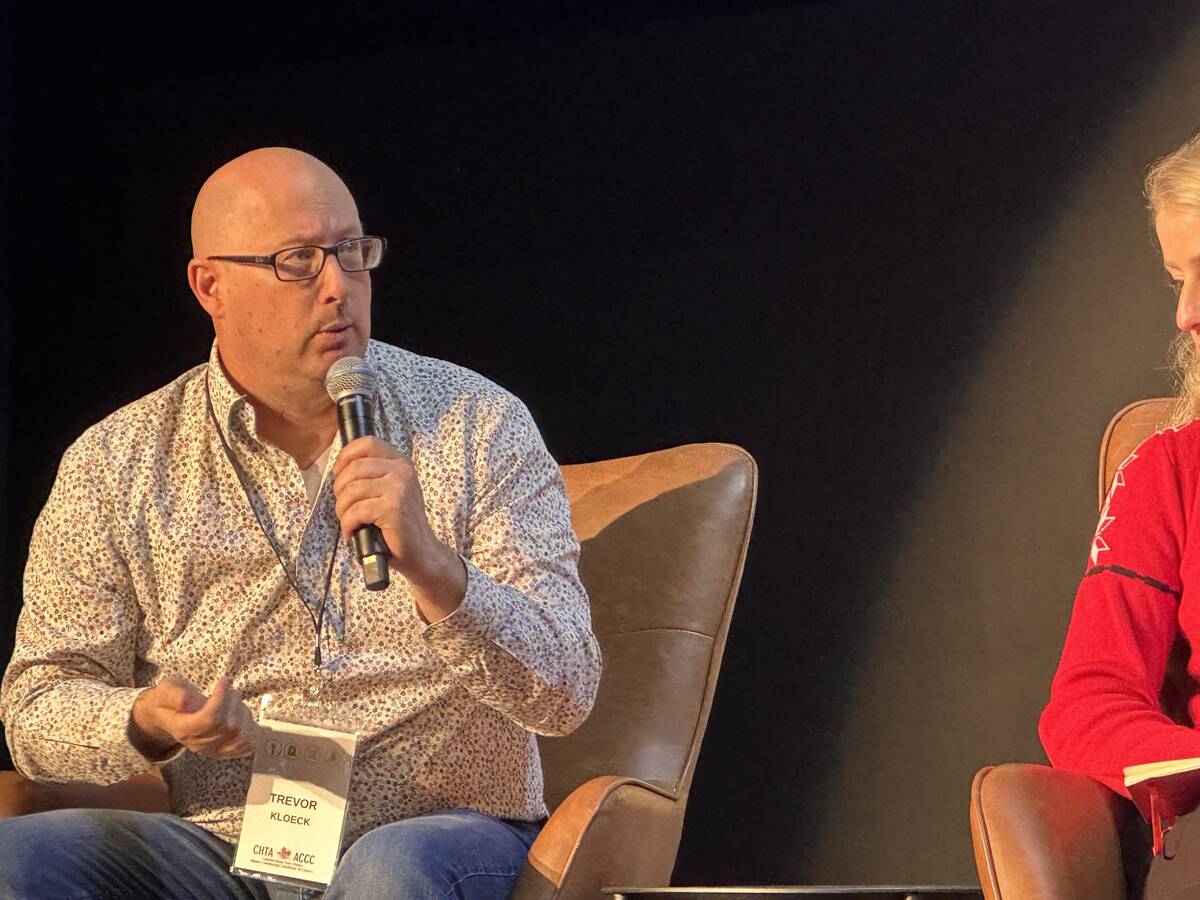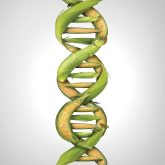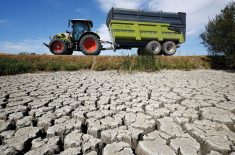Famine relief was a hit in the 1980s — literally — as pop music stars donated the proceeds of their collaboration on the song “Feed the World” to help feed starving people in Ethiopia.
It was a sincere effort that raised millions and was part of a global response by governments and aid and development agencies that saved lives.
But it didn’t change lives. At the time, Ethiopia was one dry season away from another famine requiring global humanitarian response. The rural farming population had lost its resilience to withstand production shortfalls, which meant emergency food aid was going to people who had little hope of ever regaining their independence.

“We saved lives but we did not improve livelihoods because every year there were food shortages,” said Ato Berhane, the director of the food security co-ordination directorate with the Ethiopian government.
“Their land was not being productive, it was degraded, the forests are deforested and the land size was getting smaller as the population pressure increased,” he said in an interview.
That started to change in 2005. The Ethiopian government, with support from international donors, introduced the Productive Safety Net Program (PSNP) — a co-ordinated strategy to reach people before famine struck with support that would not only prevent a pending disaster, but would proactively shield them from future threats.
Although donors have continued to provide famine relief when disaster strikes, the focus of the Productive Safety Net Program is to proactively provide relief from famine. Its model of intervention — projects designed to build or restore community capacity before people are shut down by hunger — has been adopted by non-government agencies working in the country as well.
Read Also

Time to be honest about hemp, experts say
Years of hype have given way to a more realistic view of hemp. Farmers and processors say the crop’s future depends on solid agronomy, honesty.
Rethinking approach
Chris Demerse, a program officer with Canada’s Department of Foreign Affairs, Trade and Development (DFATD) based in Addis Ababa, said Canada has had a long-standing commitment to providing humanitarian support to Ethiopia.
“If you look at the history of Ethiopia, food insecurity has been a chronic issue,” he said. “It’s a country with very dense population with pressure on the land and historically in the broader aid community; this tended to be done on an annual basis.”
But he said world leaders began to rethink that approach in the early 2000s.
“There was a realization that a lot of the beneficiaries are the same people year after year,” Demerse said. “If it’s people who are year-in-year-out food insecure, then there was a realization that there should be a better, more predictable way of handling this caseload.”
Canada, which has identified Ethiopia as one of its priority countries for donor aid, is the fourth-largest international donor to the program, following the World Bank, the U.S., and the EU.
“It is not only the financial contributions that we are seeing from the Canadian government,” Berhane noted. “The good part for us is the technical support provided from the Canadian government through the DFATD office and the knowledge sharing.”
Canada has supported the program with training for government staff, assistance establishing efficient delivery mechanisms and monitoring how the program is working — all of which helps to ensure the targeted recipients receive the support to which they are entitled in a timely manner.
“This (program) is implemented by government officials and that requires a lot of logistics,” Demerse said.
“You are looking at very large sums of money, very large tonnes of food and so there is just a huge effort required for this,” he said. “So the capacity building was to ensure smoother implementation of the program.”
Berhane said the technical support has been invaluable.
“With this support there is really a good implementation arrangement and working relationships at the district level among different partners,” he said.
Food or cash for work
The PSNP started working with 15 million people in 319 districts in Ethiopia that were either chronically food insecure or in a transitory phase — facing the kind of temporary shortages that cause households to sell off assets and begin the downwards slide into permanent insecurity.
Able-bodied people living in the target areas are assigned to work on building community assets, such as schools, roads, clinics, bridges or improving access to water and reclaiming eroded landscapes in order to receive support from the PSNP, either in the form of cash or food.
The local communities identify their own priorities for labour-intensive public works.
Food-insecure people who are incapable of working because they are elderly or disabled, or women who are in their later stages of pregnancy or who have recently given birth, are supported with no labour requirement.
However, in the latest phase young mothers are required to participate in nutrition and cooking classes as a condition of receiving program benefits.
Unlike welfare programs in countries such as Canada, in which recipients are penalized if they work while receiving assistance, the PSNP is intended to assist recipients in regaining their productive capacity, and building up their household and community assets to where they “graduate” from a life of dependence. And it’s working.
“So far about 3.4 million people who were food insecure in 2005 have now become food secure,” Berhane said, noting that number is expected to reach 4.4 million by the end of June.
Infrastructure improvement
As well, the community infrastructure has been improved, which is enabling more local economic development.
Better roads mean easier access to markets and more communication and trade between communities. Access to water improves health but also allows for expanded agriculture, such as vegetable production, which improves nutrition and provides higher-value commodities for sale.
Although no one is allowed to graze or harvest wood from eroded areas that have been stabilized through terracing and then reforested and sown back to grass, Berhane said area residents are allowed to use those forests for beekeeping.
They will also be allowed to harvest hay for use in livestock feeding-fattening operations. Both of these uses provide a source of employment for the growing class of rural youth who don’t have access to farmland. As well, part of their role as sanctioned users is to protect those lands from illegal uses.
The program, now entering its fourth phase, is being scaled up and applied to a wider base. It is currently reaching about seven million people per year and is a key pillar in the Ethiopian government’s policy framework for transforming the country into a middle-income economy by 2025.
“It is recognized as the best model for social protection programs in low-income countries — and so we are very happy to be a part of that,” said Demerse.
“We are not talking about large transfers. But it is enough that households don’t have to sell off their assets and find themselves in a worse position just because the rain didn’t come one year,” he said.
“Ideally when the program works well, they slowly build up their asset base so that they can then become a food-secure household and graduate in a sustainable way from the program,” he said.
“I think it highlights the developments in food assistance as a whole.”
















